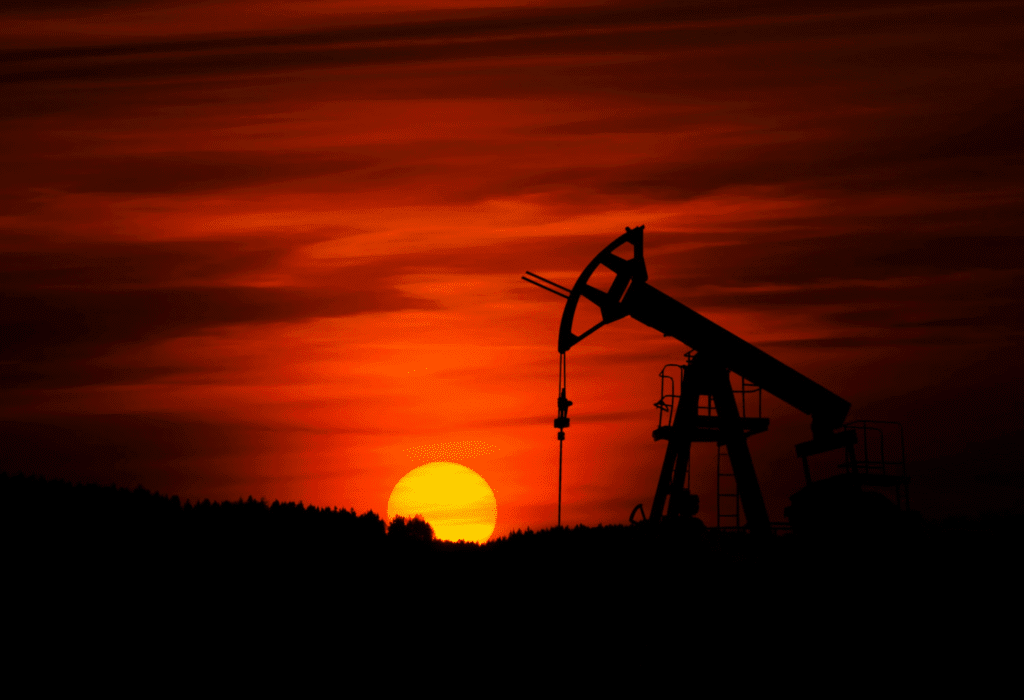A major group of oil-producing countries has agreed, in principle, to raise the amount of oil they produce starting in September. The increase is expected to be around 548,000 barrels of oil per day, according to three people who spoke with reporters on Sunday. This decision comes at a time when countries are worried that oil supplies might become harder to get, especially because of the ongoing issues between Russia and other nations.
The group of countries that made this decision includes both members of the original oil organization and 10 other countries like Russia and Kazakhstan. All together, they are responsible for producing about half of the world’s oil. Over the past few years, they had agreed to cut back on how much oil they produced in order to keep oil prices from falling too low. But now, things are changing again. This year, they have been slowly increasing production, and this latest agreement continues that pattern.
The decision was not final at the time it was shared, but the group planned to hold a virtual meeting on Sunday to officially decide. This meeting was expected to begin at 1100 GMT. The planned increase in oil production comes after pressure from the United States, which is trying to reduce the amount of oil being bought from Russia.

Because of the war between Russia and Ukraine, the United States has been asking other countries, especially India, to stop buying Russian oil. The goal is to hurt Russia’s economy and make it more willing to come to the table and talk about peace. This pressure from the US is playing a big role in how oil-producing countries are making their decisions right now.
This is not the first time that these countries have changed their oil production plans in recent months. In April, they started to raise production with a small increase of 138,000 barrels per day. Then, in May, June, and July, they agreed to larger increases, each time adding around 411,000 barrels per day. In August, they approved another increase of 548,000 barrels per day, and now it looks like a similar hike is on the way for September.
The reason these increases matter so much is because oil plays a huge role in our daily lives. It fuels cars, airplanes, and factories. When oil is hard to get or too expensive, it can cause problems in many parts of the world. That’s why decisions made by this group of countries are closely watched by leaders, businesses, and everyday people.
Over the past few years, the oil-producing countries had reduced how much oil they pumped out of the ground. This helped push prices higher, which was good for oil-exporting countries. But then came new pressures. One of the biggest came from the US itself. Earlier this year, the US government, led by President Joe Biden, called on oil-producing countries to pump more oil. The US wanted to bring down fuel prices for American consumers and reduce the world’s dependence on Russian oil.
While President Biden hasn’t spoken directly in this latest update, earlier requests from the US government have played a big part in shaping the choices being made now. The continued call for higher production from the US has been clear in many international meetings and discussions.
A major part of the current problem is that many countries are still buying oil from Russia, especially India. The US wants India and others to stop this so that Russia can feel more financial pressure. The hope is that this pressure might push Russia to end its war in Ukraine. However, India has so far kept buying Russian oil because it is cheaper and helps meet their energy needs.
The situation has become a mix of politics and business. On one side, countries want to make money by selling oil. On the other side, global leaders want to use oil as a tool to shape international actions and decisions, especially in response to war. Because of this, oil production isn’t just about energy anymore. It’s also about power, control, and influence.
Another important factor in all of this is the fear of supply shortages. If countries like Russia reduce or stop their oil exports, other countries would need to step in and produce more. That’s part of the reason why this latest decision is so important. By agreeing to raise oil production, the group is trying to make sure that there is enough oil available around the world, even if some sources become harder to access.
People who follow the oil industry closely believe that this move could help calm markets. When there is more oil, prices may stop rising so fast. That could be good news for drivers, airlines, and companies that rely on oil for their work. However, much depends on whether the increase actually happens and how the global situation continues to change.
One of the sources said, “The group is looking to keep things stable. They don’t want prices to spike or fall too much. They are trying to find a balance.” Another person involved in the talks explained that it’s not just about selling oil now but also about planning for the future. “We need to think about long-term needs and not just today’s market.”
For now, the world will be watching the outcome of the virtual meeting. If the deal is approved, the change in oil production will begin in September. That could help bring some relief to a global market that has been full of uncertainty.
As the world continues to face political tensions and energy needs, decisions like this show just how closely oil and world events are tied together. The actions of a few countries can make a big difference for millions of people. And with the US playing a strong role in these talks, it’s clear that oil will continue to be a major focus of international discussions in the months ahead.


